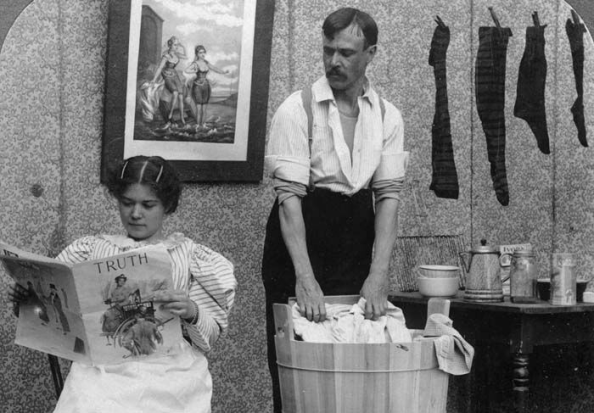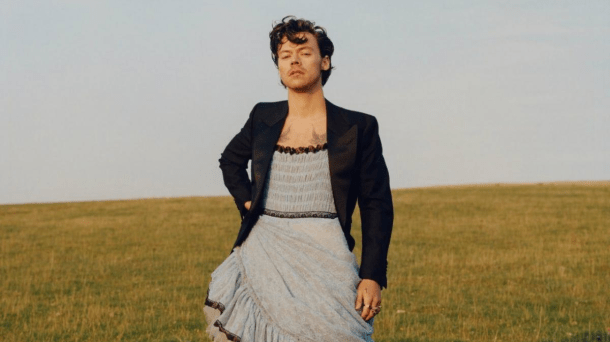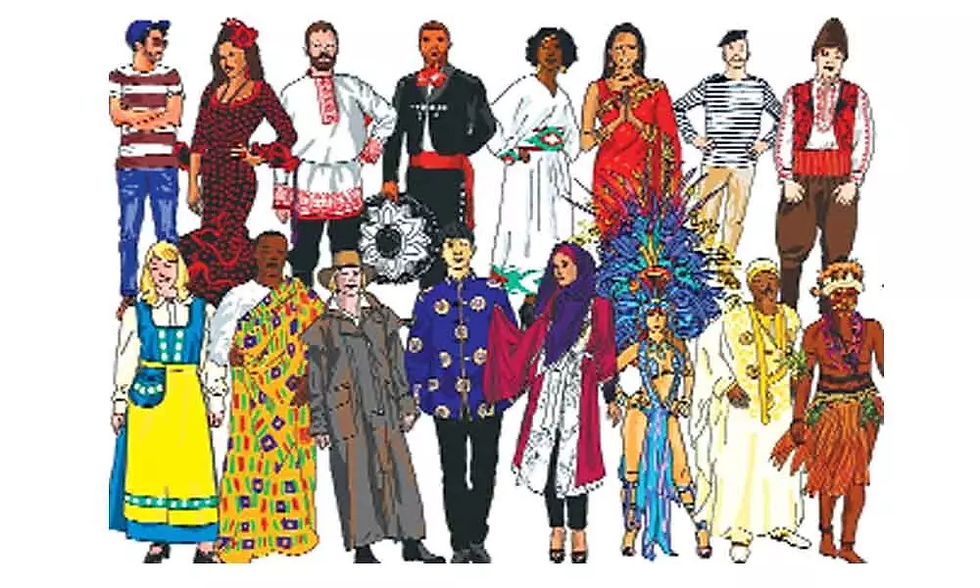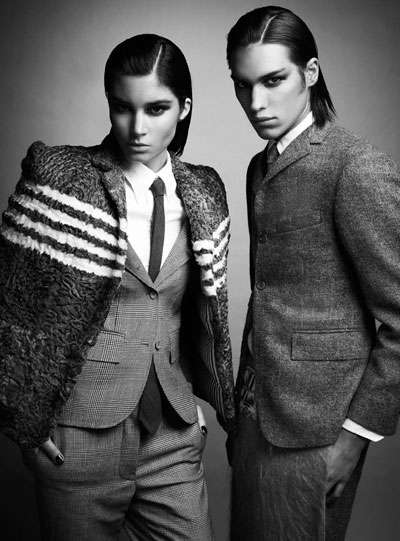Exploring the Complex Relationship Between Gender and Fashion
- Tee Outfits
- 15 thg 4, 2023
- 3 phút đọc
This article will explore the complex relationship between gender and fashion. The article focuses on the role of norms defining gender uniforms, the influence of gender on people’s clothing choices, and changes in the concept of social and cultural values associated with people’s clothing. related to fashion and the future golden trends of gender and fashion. The article will also discuss how fashion can help challenge traditional norms regarding gender and widen societal stereotypes.
Breaking Down Gender Expectations in Clothing

Throughout history, there have been established gender norms and expectations surrounding clothing. Men have typically been encouraged to dress conservatively, while women are expected to dress in more revealing and feminine clothing. However, clothing styles and fashion choices are constantly evolving and becoming more fluid.
How Gender Roles Influence Our Clothing Choices

Gender roles play a significant role in the clothing choices that we make. Social norms influence whether clothing is marketed specifically for men or women, and what is considered appropriate for each gender to wear. The construction of these norms and roles has led to a societal expectation of what we should wear.
Redefining Gender Norms Through Clothing

Individuals can use clothing as a form of expression to reject traditional gender norms and roles. This movement allows people to experiment with their identity and expression, pushing the boundaries of gender norms and allowing for greater freedom in clothing choices.
The Intersection Between Culture, Gender, and Fashion Choice

Culture, gender, and fashion choice intersect in many ways, with cultural beliefs influencing our perception of gender and what is considered appropriate clothing for different events. This confluence creates unique fashion choices and lifestyles that reflect our social and cultural backgrounds.
Why Gender Expectations in Clothing Are Changing

Today, fashion and gender roles are changing, driven by a shifting attitude toward gender identification and expression. Attire is becoming more fluid, allowing individuals to break free from traditional gender roles and embody their own identities. With more inclusivity in the fashion industry, gender expectation in clothing is being challenged and redefined.
The Evolution of Gender Expectations in Fashion

Throughout history and across different cultures, there have been a variety of gender expectations in fashion. As we move through time, fashion has progressed to include more androgynous and gender-neutral styles, further breaking down outdated gender norms.
How Fashion Can Help Challenge Traditional Gender Roles

Fashion is an effective tool in the fight against traditional gender roles. The industry is embracing more diverse and inclusive models and designs that challenge outdated expectations, leading to greater social and cultural acceptance.
How Clothing Can Reflect Our Personal and Social Identities

Clothing can be a tool for self-expression, with individuals using style and aesthetics to demonstrate their political and social beliefs through the clothes they wear. Clothing can signify a personal identity, a reflection of our social ideals, and can communicate various cultural and historical connotations.
The Impact of Society’s Perception of Gender on Fashion

The way society perceives gender deeply affects the way fashion is designed, marketed, and sold. Fashion companies are adjusting to both the socioeconomic and cultural changes that vary across cultures, accepting the individuality and gender identity of all audiences.
The Future of Gender Expectations in Fashion

As understanding and acceptance of people with diverse gender identities become more prevalent, the expectations around clothing are likely to change. There is a growing need for greater inclusivity, diversity, and acceptance within the fashion industry, paving the way to a more sustainable and equal future in fashion.




Bình luận